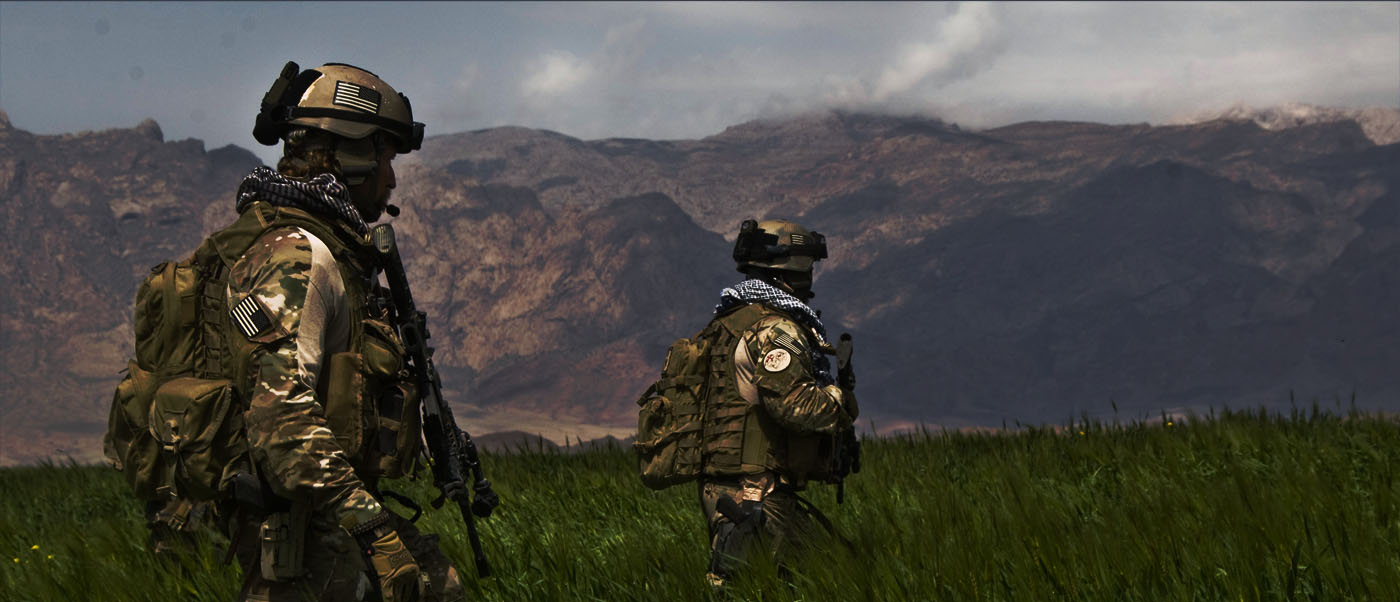The Armed Services Vocational Aptitude Battery (ASVAB) is a test that measures an individual’s developed knowledge in order to assess their academic ability in a branch of the military, and to predict which occupational specialty they would be best suited for. It is most commonly taken by high school students as they become eligible for enlistment.
The ASVAB is categorized into ten sub-tests. Four of these tests, Word Knowledge (WK), Paragraph Comprehension (PC), Arithmetic Reasoning (AR), and Mathematics Knowledge (MK), are used to determine if the individual is eligible to join the armed forces, and if so, which branch. These four categories are compiled to create a composite score, and are referred to as the Armed Forces Qualification Test (AFQT). The remaining six tests are used to identify which specialty they would be the most successful in.
The AFQT is comparable to other popular intelligence quotient (IQ) test in the fact that is tests an individual’s base intelligence level. Common IQ tests include: the Wechsler or WISC-IV, the Stanford-Binet (SB), and the Mensa Test. All three featured IQ tests use similar subtests to determine the individual’s innate cognitive ability. For example, the AFQT measures word knowledge and paragraph comprehension, while the WISC-III measures verbal comprehension, and the Stanford Binet measures knowledge, fluid reasoning, and working memory. Each test is analyzing word recognition, retention, and reasoning by reviewing the individual’s vocabulary, and ability to identify critical information from text. Each test also measures the individual’s quantitative reasoning through arithmetic section.
The ASVAB varies from other IQ tests in the fact that success is strongly influenced by the quality of education. The test assumes applicants have reached a certain level of vocabulary and mathematical ability. Applicants from strong curriculum or from schools tailored to preparing students for standardized tests like the ASVAB or ACT/SAT while have a greater propensity to score higher than students from weaker programs. The ASVAB is also the only test that is given in a written format rather than verbally. This written format affects the time allotments per question. The WISC-III, and SB factor in the applicant’s response time per question, awarding faster work with higher scores. The ASVAB is unable to measure time per question, and applies a time limit per section instead. This requires students to manage their time so that they may attempt each question. It does not reward students capable of finishing faster that the allotted time, and penalizes students for questions they may not have answered due to time restraints. The ASVAB is commonly given in a large group setting, which also creates difficulty for the individual to receive clarification on questions, unlike the one on one setting IQ tests are most frequently given in.
The ASVAB measures cognitive ability like other common IQ test, but it dependent upon the individual’s previous education for successful scores. It removes the individual attention received in common IQ test, but gathers much of the same information.
